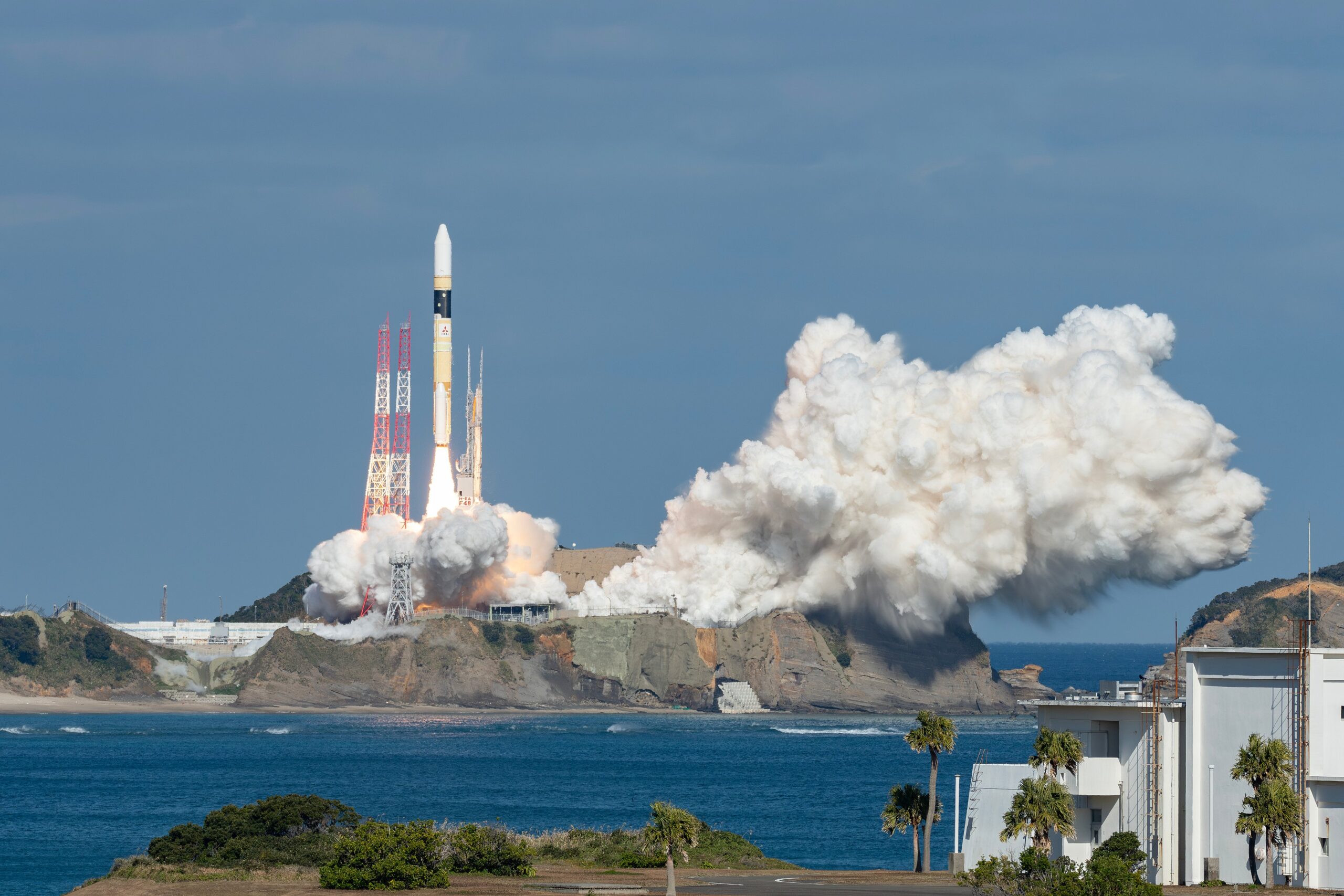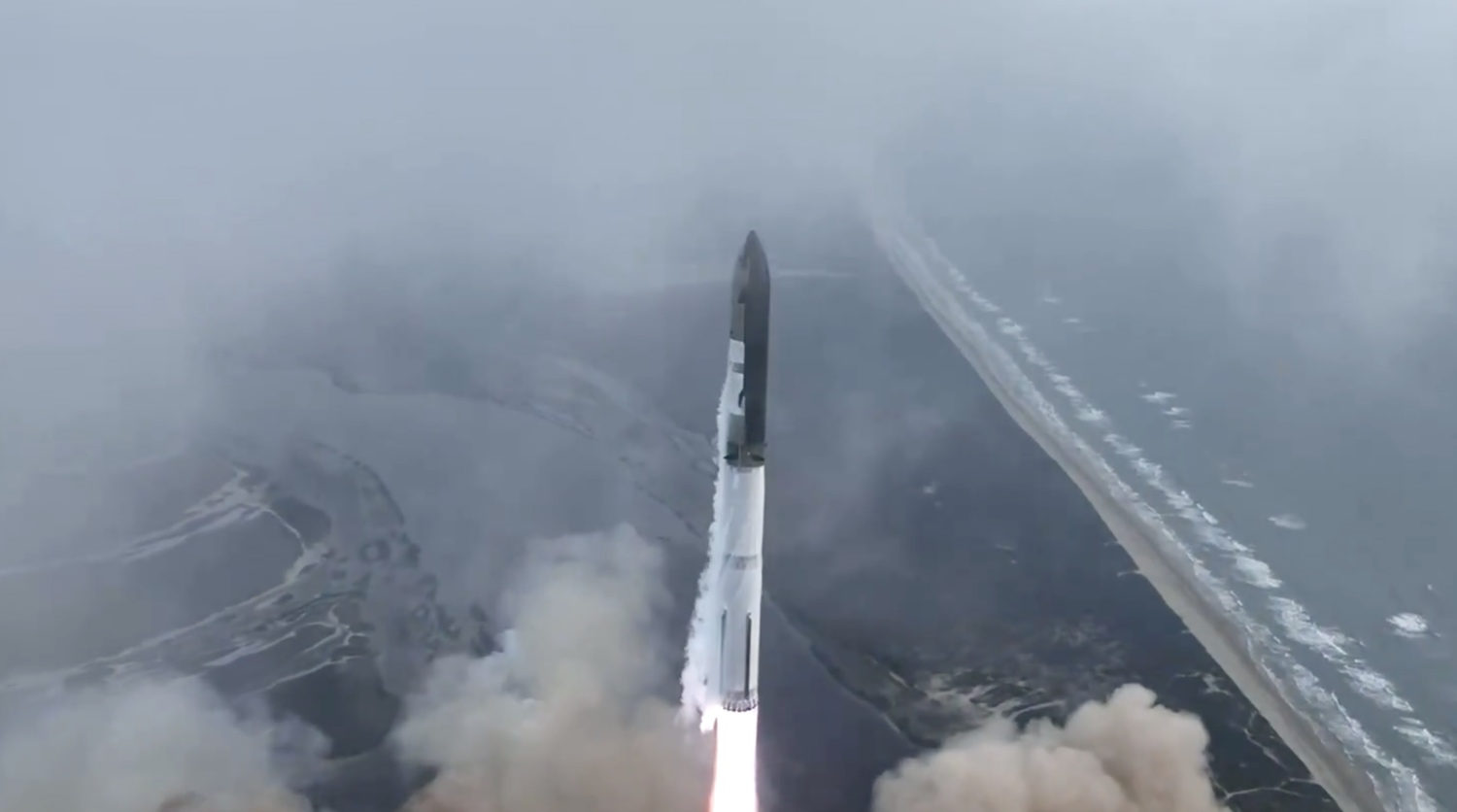WASHINGTON — The U.S. Space Force is proceeding cautiously with its plans to replace aging weather satellites, signaling that any plans to acquire next-generation systems are still far off.
Col. Robert Davis, program executive for sensor satellites at the Space Systems Command, said the service will first analyze data from current and future experimental satellites before deciding what satellites might replace a decades-old system known as the Defense Meteorological Satellite Program (DMSP).
“We are in the middle of doing analysis,” Davis said last week during a meeting with reporters. He explained that the study is looking at potential follow-ons to both electro-optical/infrared (EO/IR) sensors for cloud characterization and to the Weather System Follow-on – Microwave (WSF-M), which provides data on wind speeds, tropical cyclone intensity and other weather metrics. The first WSF-M satellite launched earlier this year, and a second is planned for 2026.
‘Architectural decisions’ to be made
The first wave of this analysis will come from the Rapid Revisit Optical Cloud Imager (RROCI), a cubesat made by Arcfield that launched in March. This small satellite is a prototype for the Space Force’s Electro-Optical/Infrared Weather System (EWS) program, designed to gather cloud and weather data in real-time. According to Davis, his team is only now beginning to evaluate the data from RROCI, while more information is expected from two upcoming General Atomics small satellites, slated for launch in 2025 and 2027.
It’s not just government-owned satellites under consideration. Davis noted that the architecture study will also explore integrating commercial weather data services into military operations. However, that might be easier said than done. “There’s not a robust commercial market for weather right now,” Davis explained, attributing this in part to the fact that so much weather data is available for free from U.S. agencies like the National Oceanic and Atmospheric Administration, NASA and international partners such as Europe’s Eumetsat.
Drawn-out process
While the Department of Defense continues to depend on legacy DMSP satellites — only two of which remain operational — the service is in no rush to finalize procurement plans. “We have to make architectural-level decisions first,” Davis cautioned. These decisions will inform how the Space Force proceeds, with a final determination on what next-generation weather satellites might look like expected sometime in the next year.
This drawn-out process reflects the challenges of replacing a system like DMSP, which has been in operation since the 1960s. Officials said the Space Force needs to ensure its new architecture can handle an array of modern military needs, from weather forecasting to space weather monitoring. Until those choices are made, the U.S. military will rely on a patchwork of old and new technologies, augmented by data from NOAA and international agencies.



